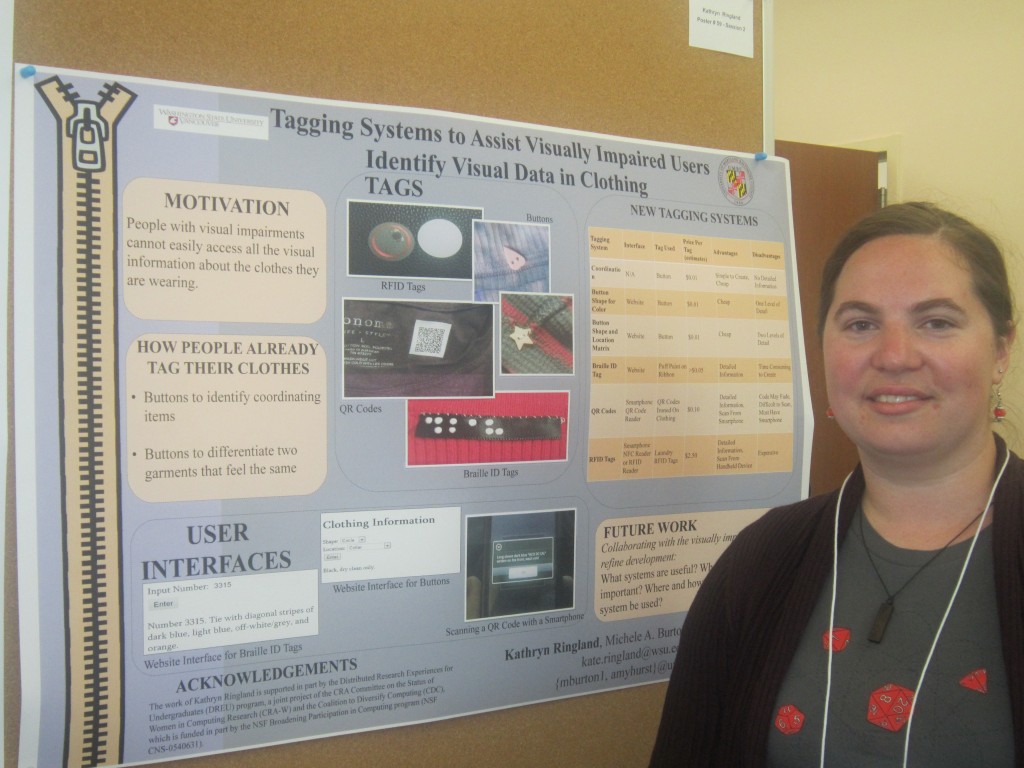To be honest, I started this blog immediately after I returned from the ASSETS 2012 conference, but everything else in this semester got away from me and I didn’t post it. I’m on winter break now, so I am finally able to catch up on things.
I have finally returned home from my journey to Boulder, Colorado. Firstly, we drove. We should have realized what a crazy idea this was when we stood in a room full of Ringlands, told them our plan to drive down to Boulder and back in a week, and no one even batted an eye.

Some of the Ringlands eating at the lutefisk dinner in Poulsbo.
With a belly full of lutefisk (because nothing says the start to a great road trip than unending plates of lefse and lutefisk) we left Poulsbo, WA to arrive 36 hours later in Boulder, CO. I’m going to admit upfront that I missed the keynote Monday morning. We rolled into the hotel as the address was about half-way over. If only we hadn’t stopped for that 2 hours of sleep in Rawlins, Wyoming!
First impressions:
*ASSETS is much, MUCH smaller than any other conference I have attended (less than 100 people versus a couple thousand plus). This allowed me to get to know a lot of the people there.
*ASSETS is a single-track deal. This was great! I didn’t have to choose between two awesome papers. Everything is in one room. With the exception of the keynote, I didn’t have to miss any of the conference.
*It’s really nice having such a close-knit, small community. People were super enthusiastic not only about their own projects, but other people’s work and were very willing to get in there and give each other ideas.
There was a lot of really fantastic work presented at the conference. It ranged from web accessibility to assistive tech hardware to biofeedback interfaces. The populations being worked with were quite varied from physically disabled to the elderly to the visually impaired and so on. I think the most heartening thing about the conference was to see how much great work is being done to help people.
The grad student I worked with on my DREU project, Michele A. Burton, gave her presentation on the accessible fashion we had been working on. She did a fantastic job. I very much wish to follow in her footsteps.
Boulder itself was absolutely beautiful. I had the opportunity to visit the campus and see the Human-Centered Computing Lab there. It was great to meet some of the students and see what projects they are working on. This is definitely one of my top choices for graduate schools.
We got 5 inches of snow just as the conference was ending. It forced us to stay an extra day, but it was worth it.

A creek near our hotel in Boulder, CO.












